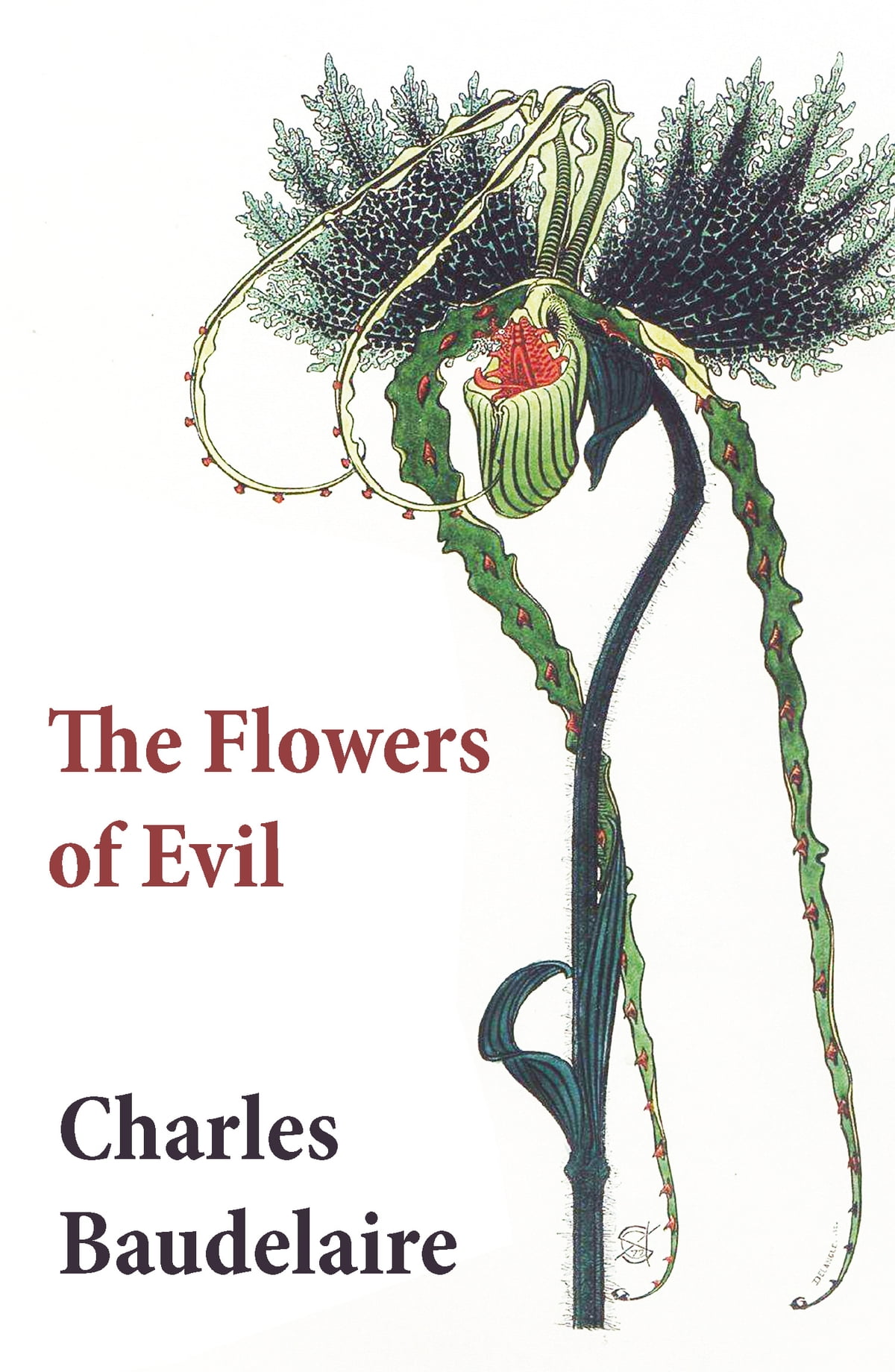Julia_98 reviewed The Flowers of Evil by Charles Baudelaire
Perfume and Ashes: My Descent into Baudelaire’s The Flowers of Evil
5 stars
Reading The Flowers of Evil by Charles Baudelaire felt like wandering through a cathedral built from shadows and perfume. Every poem seemed to whisper something forbidden, something beautiful wrapped in rot. I didn’t just read this collection — I fell into it.
From the first lines, I was struck by Baudelaire’s refusal to flinch. He doesn’t hide from decay, lust, guilt, or despair. He confronts them head-on, then distills them into verses that feel both classical and defiantly modern. The beauty of his language clashes with the darkness of his themes — and that contradiction is where the poems become unforgettable.
I was especially moved by the way Baudelaire treats suffering not as something to escape, but as a gateway to deeper insight. His explorations of sin and redemption, love and death, made me feel uncomfortable in the best way. I found myself questioning my own ideas of beauty, of morality, even of poetry itself.
There were moments I had to pause, to let a single stanza echo. Others left me disturbed, even a little seduced. Baudelaire writes with a voice that feels centuries old and painfully current.
The Flowers of Evil isn’t just a book of poems — it’s a confrontation. And I’m glad I didn’t look away.

